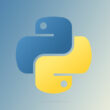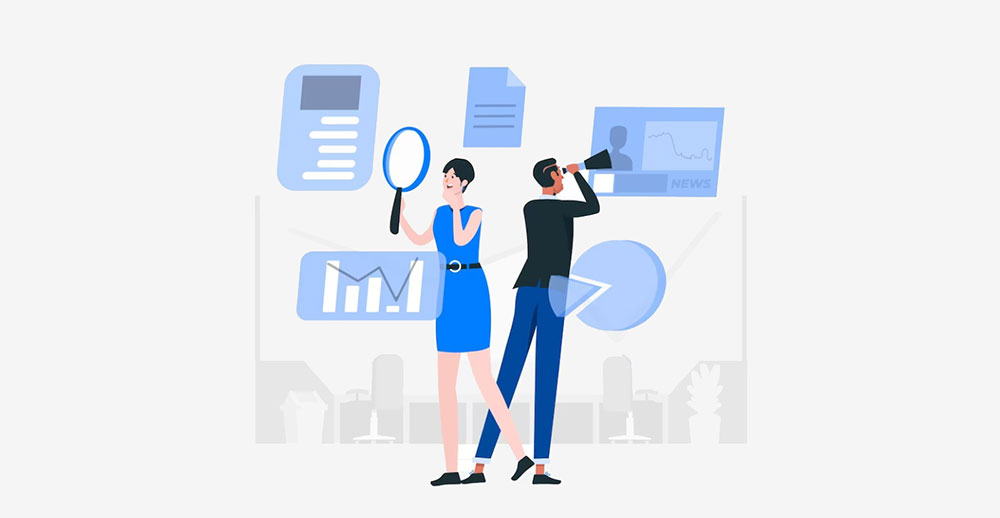Stepping into the world of SaaS, also known as Software as a Service, you might get a little dizzy with all the jargon, but hey, don’t worry, we’re in this together. SaaS is basically any software that’s delivered online. You know, like the apps you use every day: Gmail, Dropbox, Slack? All SaaS. Neat, right?
And let’s face it, when it comes to SaaS, pricing is the meat of the matter. It’s like the magical fairy dust that can turn a startup into a unicorn or, well, into a pumpkin. That’s because pricing dictates everything, from how much revenue your business brings in to how your brand is perceived in the market.
But listen up, there’s no one-size-fits-all when it comes to SaaS pricing models. You’ve got options, mate, lots of them. So let’s take a magical journey and delve into the land of SaaS pricing models.
The Freemium SaaS Pricing Model
Freemium? Yes, you read that right. It’s like free and premium had a baby and named it Freemium. It’s a model where you offer basic services for free, while charging for the good stuff, the premium features.
Definition and Explanation
Imagine being able to listen to music for free, but ads play every now and then. Now, what if you pay a bit and bam, no more ads and you can skip songs too. That’s freemium for you.
Pros and Cons
The good thing about this model is that it gets people in the door, trying your product without any commitment. Once they see the value, they might shell out some cash for the premium features.
However, the risk is that some users might never convert to paying customers. They are happy with the free version and don’t see the need to upgrade. That’s a bummer, isn’t it?
Real-World Example: Spotify
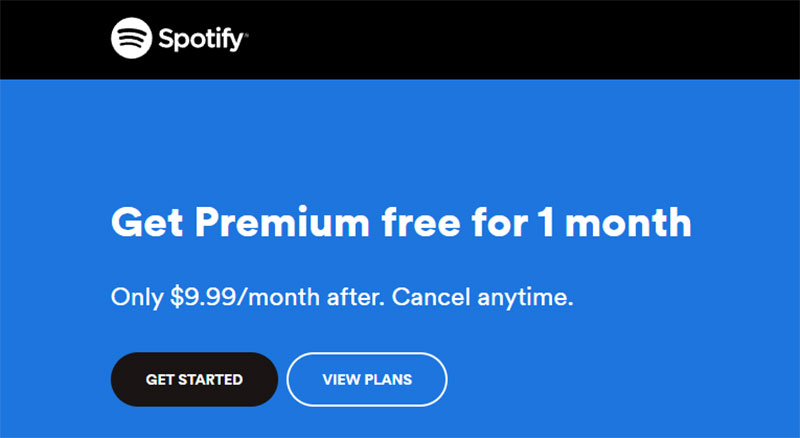
Think of Spotify, you can listen to music for free, but hey, want to skip a song or get rid of those pesky ads? Time to upgrade, my friend.
Best Practices for Freemium Pricing
In the freemium world, it’s crucial to strike a balance. You need to give enough away for free to attract users, but still hold back enough to entice them to upgrade. It’s a delicate dance, indeed.
The Usage-Based SaaS Pricing Model
Next up, we have the Usage-Based Pricing Model, where you only pay for what you use. Simple as that.
Definition and Explanation
This model is as straightforward as it sounds. The more you use, the more you pay. It’s like going to a buffet, where you pay for each plate you devour, or like cloud storage services where you pay based on the amount of storage you utilize.
Pros and Cons
This model is great for customers because it offers a lot of flexibility. They can scale up or down based on their needs. But on the flip side, it can make revenue prediction a bit tricky for businesses because usage can vary from month to month.
Real-World Example: HubSpot
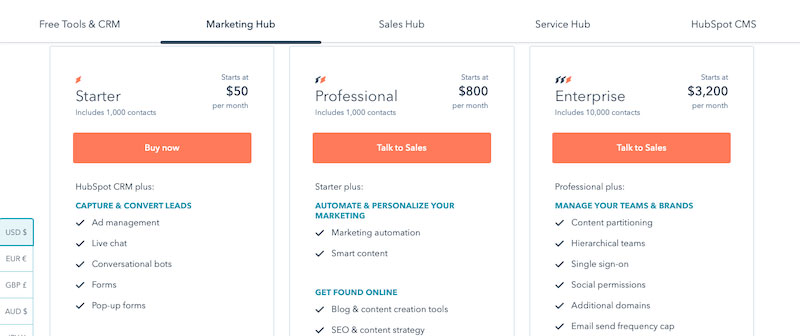
Take HubSpot for example, you pay based on the number of contacts you have. Fewer contacts, lower cost. It’s as simple as that.
Best Practices for Usage-Based Pricing
With usage-based pricing, it’s key to communicate clearly with your customers. They should fully understand what they’re being charged for. Transparency is your best friend here, folks.
The Per-User SaaS Pricing Model
On to the next one, we have the Per-User Pricing Model. You charge based on the number of users. Yep, you heard it right.
Definition and Explanation
With this model, you charge based on the number of users. So if you have more users, you pay more. Simple math, right?
Pros and Cons
The good news for businesses is that this model provides predictable revenue. More users equals more revenue. However, customers may not love it because costs can quickly ramp up as they add more users.
Real-World Example: Adobe
Adobe does a good job here. They charge per user for access to their creative suite. So whether you’re a designer, a photographer, or a marketer, if you want to use Adobe, you gotta pay the per-user price.
Best Practices for Per-User Pricing
The key with per-user pricing is to make sure each user gets enough value. That way, customers will feel it’s worth adding more users and your business will flourish.
The Flat-Rate SaaS Pricing Model
Up next, we have the Flat-Rate Pricing Model. One price, all features. That’s the motto here.
Definition and Explanation
With flat-rate pricing, you set a single price and the customer gets access to all the features. It’s like going to an all-you-can-eat buffet, but for software.
Pros and Cons
The beauty of this model is its simplicity. Customers know exactly what they’re getting for their money. But, the downside is that it doesn’t provide much room for upselling or customization.
Real-World Example: YouTube Premium
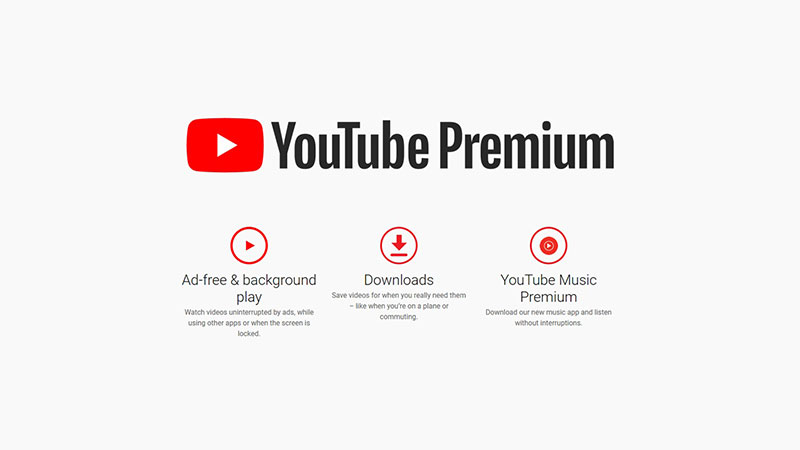
Remember those annoying ads on YouTube? Yeah, YouTube Premium eliminates them for a flat fee. Plus, you get access to all YouTube Originals.
Best Practices for Flat-Rate Pricing
The key here is value. Make sure your customers feel they’re getting their money’s worth and they’ll keep coming back for more.
The Tiered SaaS Pricing Model
And now, let’s talk about the Tiered Pricing Model. It’s all about choices here.
Definition and Explanation
Think of it like a stairway, each step up provides more features and accordingly, costs more. Customers can choose the tier that best fits their needs and budget.
Pros and Cons
This model is great for catering to a wide range of customers, from budget-conscious startups to big enterprises. However, it can be a bit complicated to manage different tiers and ensure each provides enough value.
Real-World Example: Netflix
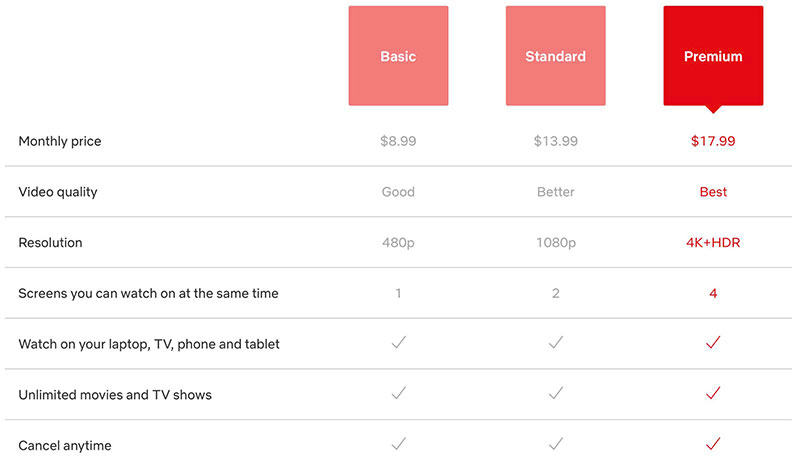
Remember when you signed up for Netflix and had to choose between Basic, Standard, and Premium? That’s tiered pricing in action.
Best Practices for Tiered Pricing
Balance is key here. Make sure each tier offers enough value to justify the cost. And don’t forget to clearly communicate the benefits of each tier.
The Feature-Based SaaS Pricing Model
Last but definitely not least, we have the Feature-Based Pricing Model. You pay for the features you want.
Definition and Explanation
With feature-based pricing, you’re charged based on the features you choose. It’s like building your own burger, you add the toppings you want and pay accordingly.
Pros and Cons
Customers love this model because it gives them control over what they’re paying for. However, it can get complicated for businesses to manage and price different features.
Real-World Example: Wix
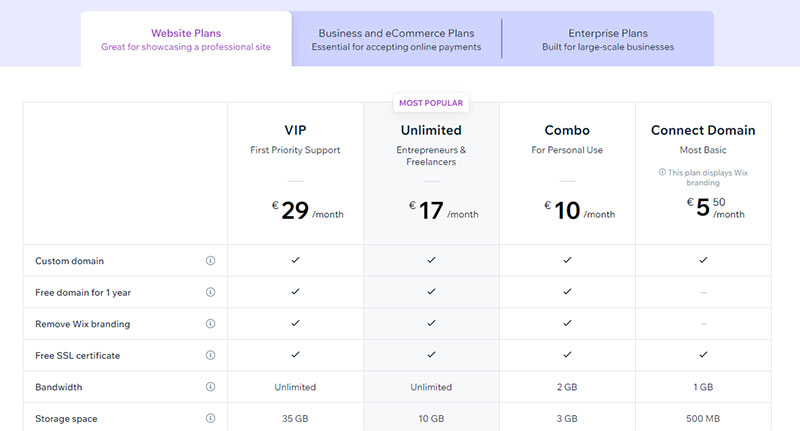
Wix does a fantastic job here. You start with a basic website, then add the features you want, like e-commerce or a personalized domain.
Best Practices for Feature-Based Pricing
The name of the game here is customization. Make sure your customers can easily choose the features they need and understand how much they cost.
Choosing the Right SaaS Pricing Model
Now that we’ve covered the basics, it’s time to choose the right SaaS pricing model for your business. But wait, it’s not a one-size-fits-all kind of situation.
Factors to Consider
You gotta consider your target market, your costs, your competition, and most importantly, the value your software provides.
Blending Different Pricing Models: Example of Canva
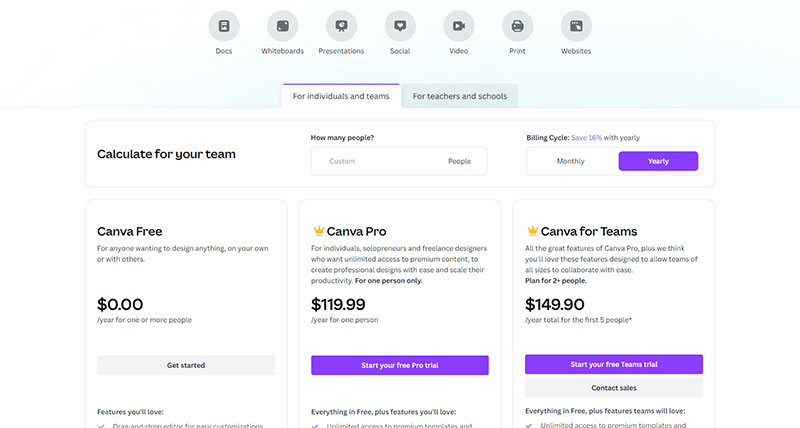
And hey, who says you can’t mix and match? Take Canva for example, they use a blend of freemium and feature-based pricing. Clever, right?
Importance of Regularly Revisiting Your Pricing Strategy
Remember, pricing isn’t a set-it-and-forget-it kind of thing. You need to revisit it regularly, see what’s working and what’s not, and make adjustments accordingly. That’s how you win the pricing game, folks.
FAQ on SaaS Pricing Models
What’s this whole SaaS thing about?
SaaS, or Software as a Service, is kind of a big deal. You don’t have to install anything or maintain it. You just access the software online, and the provider handles everything else. Pay-as-you-go and subscription models are typical.
What are the different types of SaaS pricing?
Different strokes for different folks, right? Freemium, flat-rate, usage-based, tiered, per user, and per feature are some of the main types of SaaS pricing.
Why would I choose a freemium model?
The freemium model’s like the sample tray at the grocery store. Users get a taste for free, then they decide if they want to buy. It’s a great way to attract new users and show them what you’ve got.
And what about the flat-rate model?
Flat-rate is just like it sounds: one price, full access. It’s super simple, and customers like that. But remember, it might not work for every business, especially if you offer a broad range of features.
Tell me more about usage-based pricing?
With usage-based pricing, your customers pay for what they use. Use more, pay more. It’s fair and flexible, but the downside is it can be unpredictable for the customers.
What’s the deal with tiered pricing?
Tiered pricing is all about choices. You offer different bundles of features at different prices. Customers choose the tier that suits them best. More flexibility, happy customers.
Why would I charge per user?
Per user pricing means the more users a customer has, the more they pay. It’s simple and scalable. But it might discourage customers with big teams from signing up, so be careful with this one.
What is per feature pricing?
Per feature pricing lets customers pick and choose. They only pay for the features they need. It’s highly customizable, but it can also be a bit complicated to understand.
How do I decide which SaaS pricing model to use?
There’s no one-size-fits-all answer. It depends on what your software does, who your customers are, and what they value. Think about that, then experiment and see what works.
Can I change my SaaS pricing model?
Absolutely, you can change your pricing model. But don’t do it too often. Customers don’t like change, especially if it means they have to pay more. When you do change it, communicate openly and clearly with your customers.
Conclusion
Alright, that’s a wrap on our journey through the world of SaaS pricing models. We’ve explored everything from freemium to feature-based pricing and everything in between.
Remember, the right pricing can make or break your business. It’s more than just numbers, it’s a strategic tool that can help you achieve your business goals.
So, go out there, experiment with different models, find what works for you, and most importantly, have fun with it. Because at the end of the day, running a business should be exciting, not daunting.
If you enjoyed reading this article on SaaS pricing models, you should check out this one about SaaS metrics.
We also wrote about a few related subjects like SaaS development, SaaS vs PaaS, SaaS startups, and go-to-market strategy.
- What Are Third-Party Cookies and How They Work - April 20, 2024
- How Do Websites Detect Adblock? It’s Quite Simple, Actually - April 14, 2024
- Financial Software Development Companies You Should Know - April 11, 2024


